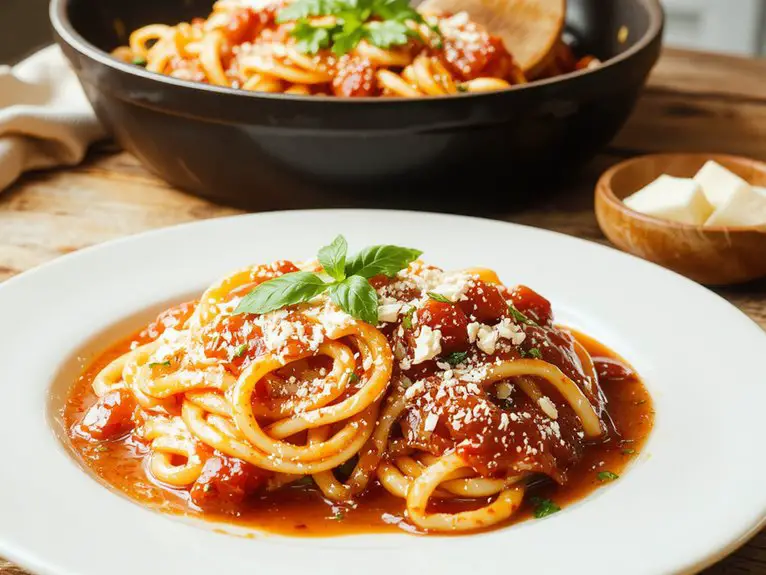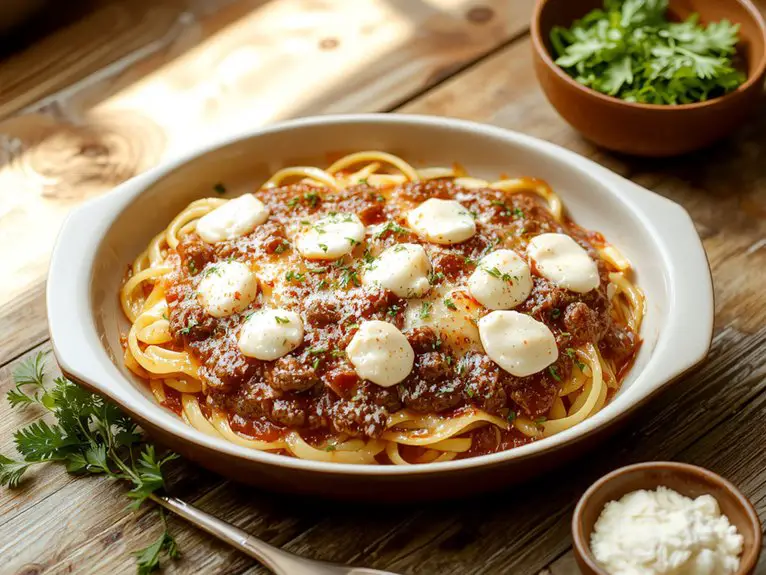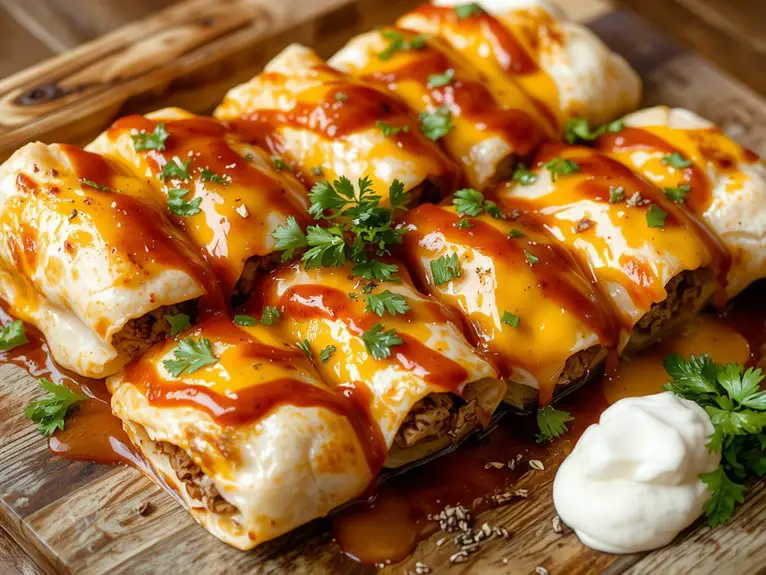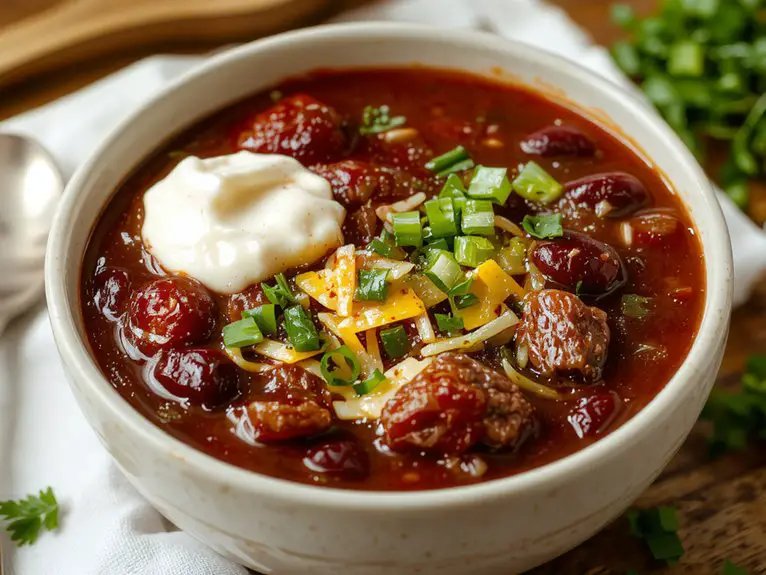Recipe
There’s something undeniably luxurious about perfectly seared scallops—crispy on the outside, buttery-soft on the inside, and bursting with sweet, briny flavor.
And guess what? You don’t need a fancy restaurant to enjoy them. This foolproof recipe delivers restaurant-quality results every time, thanks to a simple secret: high heat, minimal fuss, and a trusty cast-iron skillet.
I’ve made these more times than I can count, and they never fail to impress—whether it’s a date-night dinner or just treating yourself.
Imagine golden edges giving way to tender, melt-in-your-mouth centers, finished with a squeeze of lemon and a sprinkle of fresh herbs. Ready to make scallops your new weeknight hero? Let’s get started.
Ingredients
The key to perfect homemade scallops lies in quality ingredients—freshness is non-negotiable, and a few chef-approved swaps can save the day if your pantry isn’t fully stocked. Here’s what you’ll need:
For the Scallops:
- Fresh sea scallops (U10 or 10/20 count) – Larger, meatier scallops sear better and stay juicy. Avoid pre-treated (soaked) scallops—they won’t brown properly.
- High-smoke-point oil (grapeseed or avocado) – Essential for a crisp crust without burning. Olive oil works in a pinch, but reduce heat slightly.
- Unsalted butter – Adds richness; always add it *after* searing to prevent scorching.
- Kosher salt & freshly cracked black pepper – Season generously right before cooking to avoid drawing out moisture.
For the Sauce (Optional but Worth It):
- Dry white wine or vermouth – Deglazes the pan and adds acidity. No wine? Use chicken stock + a squeeze of lemon.
- Garlic (minced) or shallots (finely diced) – Shallots add sweetness; garlic brings punch.
- Fresh herbs (thyme, parsley, or chives) – Thyme for depth, parsley/chives for brightness. Dried herbs lack vibrancy here.
Pro Tips:
- Pat scallops bone-dry with paper towels—this is the secret to that golden crust.
- Want luxury? Finish with a drizzle of browned butter or a sprinkle of flaky sea salt.
- For a restaurant-worthy plate, add a quick lemon beurre blanc or a dash of smoked paprika for depth.
How to Make the Best Pan-Seared Scallops Recipe

Pat the scallops dry with paper towels.
This step is vital for achieving a golden sear. Moisture on the surface of the scallops will steam them instead of letting them caramelize. Take your time to blot them thoroughly.
Season both sides of the scallops generously with salt and pepper.
Seasoning enhances the natural sweetness of the scallops. Don’t be shy—just make certain it’s evenly distributed for balanced flavor.
Heat a large skillet over medium-high heat and add a high-smoke-point oil (like avocado or grapeseed).
The pan needs to be hot enough to sear the scallops without sticking. A thin layer of oil guarantees even cooking and prevents burning.
Carefully place the scallops in the skillet, leaving space between each one.
Overcrowding the pan lowers the temperature and causes steaming. Allow at least an inch of space for even searing.
Sear the scallops for 2-3 minutes on one side without moving them.
Resist the urge to peek! Letting the scallops cook undisturbed creates a beautiful golden crust. If they release easily from the pan, they’re ready to flip.
Flip the scallops using tongs and sear for 1-2 minutes on the other side.
The second side cooks faster. Watch closely to avoid overcooking—the goal is a tender, slightly translucent center.
Remove the scallops from the pan and let them rest for a minute before serving.
Resting allows the juices to redistribute, guaranteeing each bite is moist and flavorful. Serve immediately for the best texture.
Optional: Deglaze the pan with white wine or lemon juice and butter for a simple pan sauce. This adds a luxurious finish and makes the most of the flavorful bits left in the pan.
Nutrition
Scallops are a nutritious seafood option rich in protein and low in calories. They provide essential vitamins and minerals beneficial for overall health.
| Nutrient | Amount per Serving |
|---|---|
| Calories | 90 |
| Protein | 17g |
| Total Fat | 1g |
| Saturated Fat | 0g |
| Cholesterol | 35mg |
| Sodium | 260mg |
| Potassium | 300mg |
| Vitamin B12 | 1.8mcg |
| Magnesium | 40mg |
Chef Tips
Preparing scallops can feel intimidating, but it’s simpler than you might think. Pat them dry before cooking to guarantee a perfect sear.
Use high heat and don’t overcrowd the pan—they need space to caramelize. Season lightly; their natural sweetness shines with just salt and pepper.
Cook for 1-2 minutes per side—overcooking makes them rubbery. Finish with a squeeze of lemon or butter for extra flavor.
Frequently Asked Questions
Can I Use Frozen Scallops Instead of Fresh?
Yes, I can use frozen scallops instead of fresh—just make sure they’re thawed and patted dry before cooking. They might not sear as perfectly as fresh, but they’ll still taste great with the right seasonings.
How Do I Store Leftover Cooked Scallops?
I’ll store leftover cooked scallops in an airtight container and refrigerate them within two hours. They’ll last up to three days, but I won’t freeze them again if they were originally frozen. Reheat them gently to avoid overcooking.
What Wine Pairs Best With Scallops?
I’d recommend pairing scallops with a crisp white wine like Sauvignon Blanc or Chardonnay—it complements their delicate flavor. If I’m feeling adventurous, I’ll try a dry Riesling or Pinot Grigio for a lighter, invigorating match.
Are Scallops Safe to Eat Raw?
Yes, I’ve eaten scallops raw, but I’d only do it if they’re sushi-grade and handled properly. I’m careful about their freshness and source since raw seafood can carry risks if it’s not prepared safely.
Can I Use Olive Oil Instead of Butter?
I’d say you can use olive oil instead of butter—it’ll give the scallops a lighter taste. Just make sure it’s extra virgin and heat it gently so it doesn’t smoke or overpower the delicate flavor.










